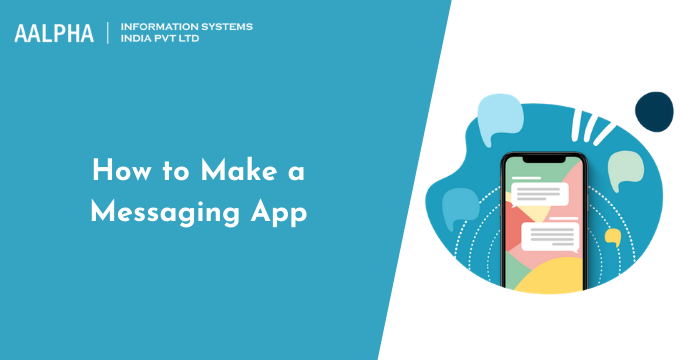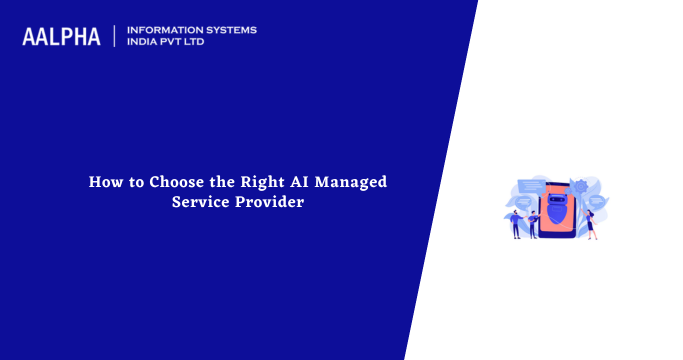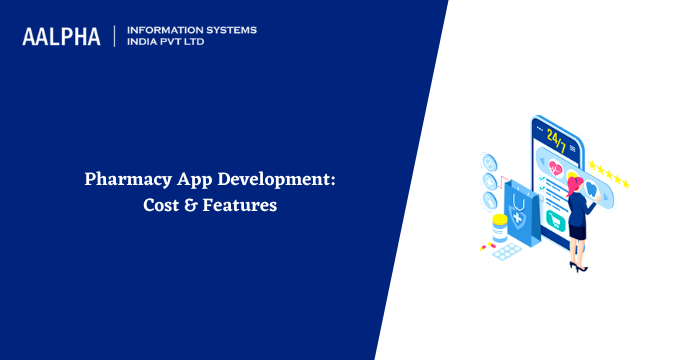Messaging apps have evolved communication. They have made it possible to deliver messages in a flash. Messaging apps such as Facebook Messenger, WhatsApp, etc. are highly popular and they have forced the tech industry to think outside the box to offer a better and more efficient messaging experience.
Before you start investing in a messaging app, it is essential to understand that there is a lot of competition. You will need to create an app that can compete with the popularity of WhatsApp and Facebook messenger.
Here are some useful tips that will help you to Make a Messaging App.
Analyzing the market:
Understanding the market you are entering is crucial for the success of any project. It is important to know that there is a place in the market for the app you are developing. You should do thorough research on how many people use messaging apps and how much time they are spending on the app.
Facebook messenger is used by 80% of adults and 91% of teens. It is a popular choice because of the following reasons:
- Convenient
- Allows multitasking
- No hold times
- Keeps record of chats
Market research makes you aware of rival messaging apps. It helps in creating a strategy that will allow you to stand out from all the other similar apps. If you have a unique and interesting app, there is a high chance you will be able to breakthrough.
How to create a messaging app?
Functionality:
The first step to developing a messaging app is to define its functionality. Functionality along with the in-app content is a strong motivator for the users. Picking the right features is the key to creating a successful app.
Basic features of a messaging app:
Here are some features that are a perfect fit for a messaging app.
-
Authorization:
Authorization must be a part of a messaging app because it offers security. These kinds of apps offer the following ways to sign up:
- Phone number
- Social media accounts
Check: social media app development
-
Import contacts:
A messaging app must offer a satisfying user experience and the ability to automatically import contacts helps ensure it. The application must be able to scan contacts and send them to the server. It is smart to add the feature that allows the user to know about the contacts that are also using the app.
The app must also offer other ways to find their contacts like searching using email, etc. Adding a feature that encourages existing users to send invites to people in their contact list is also a smart choice.
-
Instant messaging:
Sending quick messages is the central feature of a messaging app. There are a variety of different ways to implement the feature. The main difference between the methods is the way data is transmitted. In one method the messages are passed from user-to-user and in the other method, they are passed through a server.
If you want the messaging app to feature audio and video chat then you will need to add audio and video codecs. The video can be transferred from user-to-user or through a server.
-
Sharing files:
The users of a messaging app must be able to share files with their contacts. Developers need to add specific APIs and pass the data to servers using RESTful or SOAP APIs. The feature will allow users to send and receive files.
-
Tracking location:
Geolocation tracking is a cool feature to add to a messaging app. It will allow the users to easily share their location with their contacts.
-
Encryption:
Protection of personal data is crucial and the messaging must ensure that the personal data of the users is in safe hands. The app must have strong and reliable encryption so the security of the users is ensured.
Reliable security features are a must for a messaging app. People want to feel safe while conversing and sharing important files with their contacts. Make sure that your app has a couple of data privacy and security features.
Additional features:
The basic function of a messaging app is sending text messages but with increasing competition and the evolution of IT technologies, people expect more. Here are some additional features that can make the app unique.
-
In-app video and voice calls:
Users love messaging apps that offer communication options other than texting. The app can offer ways video and audio calls and also offer ways to gather video streams and distribute them.
-
Channels:
The app should allow the users to join communities as it encourages people to communicate with like-minded people.
-
Self-destructing messages:
The feature has become pretty popular in recent years as it offers users some control over their data.
What makes a successful messaging app?
Two things are essential for the success of a messaging app and they are as following:
-
Availability across multiple platforms:
To attract a wide range of customers, make sure the application can be used on multiple operating systems. Creating a web version along with the iOS and Android version is a smart move.
-
Cloud synchronization:
The feature allows users to synchronize all the messages and shared files. The synchronization feature is effective in offering a better messaging experience.
Conclusion:
Once you are clear about the features of the messaging app you want to create, you need to hire skilled and experienced developers to bring it to life.
If you are looking to develop a messaging app then feel free to contact us today.
Also check: cost to make social media app | app development cost in India




Share This Article:
Written by:
Muzammil K
Muzammil K is the Marketing Manager at Aalpha Information Systems, where he leads marketing efforts to drive business growth. With a passion for marketing strategy and a commitment to results, he's dedicated to helping the company succeed in the ever-changing digital landscape.
Muzammil K is the Marketing Manager at Aalpha Information Systems, where he leads marketing efforts to drive business growth. With a passion for marketing strategy and a commitment to results, he's dedicated to helping the company succeed in the ever-changing digital landscape.